What is Heart

What is Heart
There is often confusion about the word Heart. The main reason for the confusion is that the same word is used in different contexts. It is commonly used to mean the Physical Organ that beats and circulates blood. It is also used for the Psychological Center of emotions, feelings and sentiments. And it is used in the Spiritual sense as the Blissful Source of everything, the Self, from where everything originates and into which everything merges back.
It is best to get an explanation about it from a great Sage, Sri Ramana Maharshi, who realized the Source of Bliss and abided in It.
Ramana Maharshi’s explanations and in-depth information of “Heart” during various conversations with devotees are given below.
Maharshi: Heart is usually understood to be the muscular organ lying on the left of the chest. The Modern Psychological Review speaks of the physical organ on the left and the Heart centre on the right. The Bible says that a fool’s heart is on the left and a wise man’s on the right. Yoga Vasishta says that there are two hearts; the one is samvit (Existence/Intelligence/Awareness); and the other the blood-vessel.
Maharshi: You cannot know it (Heart) with your mind. You cannot realize it by imagination when I tell you here is the centre (pointing to the right side of the chest). The only direct way to realize it is to cease to fantasize, and try to be yourself. When you realize it, you automatically feel that the centre is there. This is the centre, the Heart, spoken of in the scriptures as hrit-guha-arul [Grace in the cave of the Heart], ullam [‘that which is’, the Heart].
Maharshi: I ask you to see where the ‘I’ arises in your body, but it is really not quite correct to say that the ‘I’ rises from and merges in the Heart in the right side of the chest. The Heart is another name for Reality and it is neither inside nor outside the body. There can be no in or out for it, since it alone is.
Maharshi: The Heart is used in the Vedas and the scriptures to denote the place from where the notion ‘I’ springs. Does it spring only from the fleshy ball? It springs within us somewhere right in the middle of our being. The ‘I’ has no location. Everything is the Self. There is nothing but that. So the Heart must be said to be the entire body of ourselves and of the entire universe, conceived as ‘I’. But to help the practiser (abhyasi) we have to indicate a definite part of the Universe, or of the Body. So this Heart is pointed out as the seat of the Self. But in truth we are everywhere, we are all that is, and there is nothing else.
Below is a conversation between Ramana Maharshi and a devotee.
Maharshi was asked by an educated young man: “How do you say that the Heart is on the right, whereas the biologists have found it to be on the left?” The man asked for authority.
Maharshi: Quite so. The physical organ is on the left; that is not denied. But the Heart of which I speak is non-physical and is only on the right side. It is my experience, no authority is required by me. Still you can find confirmation in a Malayalam Ayurvedic book and in Sita Upanishad; (and Maharshi produced the quotation (mantra) from the latter and repeated the verse (sloka) from the former).
Here is another conversation between Ramana Maharshi and a devotee.
M.: You are always in the Self and there is no reaching it.
D.: You have spoken of the Heart as the seat of meditation?
M.: Yes, it is also that.
D.: What is Heart?
M.: It is the centre of the Self. The Self is the centre of centres. The Heart represents the psychic centre and not the physical centre.
Another conversation.
D.: What is the Heart?
M.: It is the seat (if such could be said of it) of the Self.
D.: Is it the physical heart?
M.: No. It is the seat wherefrom ‘I-I’ arises.
Note: Ramana refers to ‘I’ as the Ego and ‘I-I’ as the Real Self.
Another conversation.
A gentleman asked where the Heart is and what Realization is.
M.: The Heart is not physical; it is spiritual. Hridayam = hrit + ayam – (Heart) This is the centre. It is that from which thoughts arise, on which they subsist and where they are resolved. The thoughts are the content of the mind and, they shape the universe. The Heart is the centre of all. Yatova imani bhutani jayante (that from which these beings come into existence) etc. is said to be Brahman in the Upanishads. That is the Heart. Brahman is the Heart.
D.: How to realize the Heart?
M.: There is no one who even for a trice fails to experience the Self. For no one admits that he ever stands apart from the Self. He is the Self. The Self is the Heart.
D.: It is not clear.
M.: In deep sleep you exist; awake, you remain. The same Self is in both states. The difference is only in the awareness and the non-awareness of the world. The world rises with the mind and sets with the mind. That which rises and sets is not the Self. The Self is different, giving rise to the mind, sustaining it and resolving it. So the Self is the underlying principle.
When asked who you are, you place your hand on the right side of the chest and say ‘I am’. There you involuntarily point out the Self. The Self is thus known. But the individual is miserable because he confounds the mind and the body with the Self. This confusion is due to wrong knowledge. Elimination of wrong knowledge is alone needed. Such elimination results in Realization.
One more conversation.
A judge asked: The Heart is said to be experienced on the right. Physiologically it is on the left.
M.: Spiritual experience is spoken of.
D.: Is it the psychic heart?
M.: Yes.
D.: How to know that it is on the right?
M.: By experience.
D.: Is there any indication to that effect?
M.: Point out to yourself and see.
Here is another conversation.
A Spanish lady asked: You say the Heart is on the right. Can you explain how it is so?
Sri Bhagavan handed over the extract from the Psychological Review of Philadelphia for her to read.
He also added. The Heart is the place wherefrom the ‘I-thought’ arises.
D.: So you mean the spiritual Heart as distinguished from the physical heart?
M.: Yes. It is explained in Chapter V of Sri Ramana Gita.
D.: Is there any stage when one might feel the Heart?
M.: It is within the experience of everyone. Everyone touches the right side of his chest when he says ‘I’.

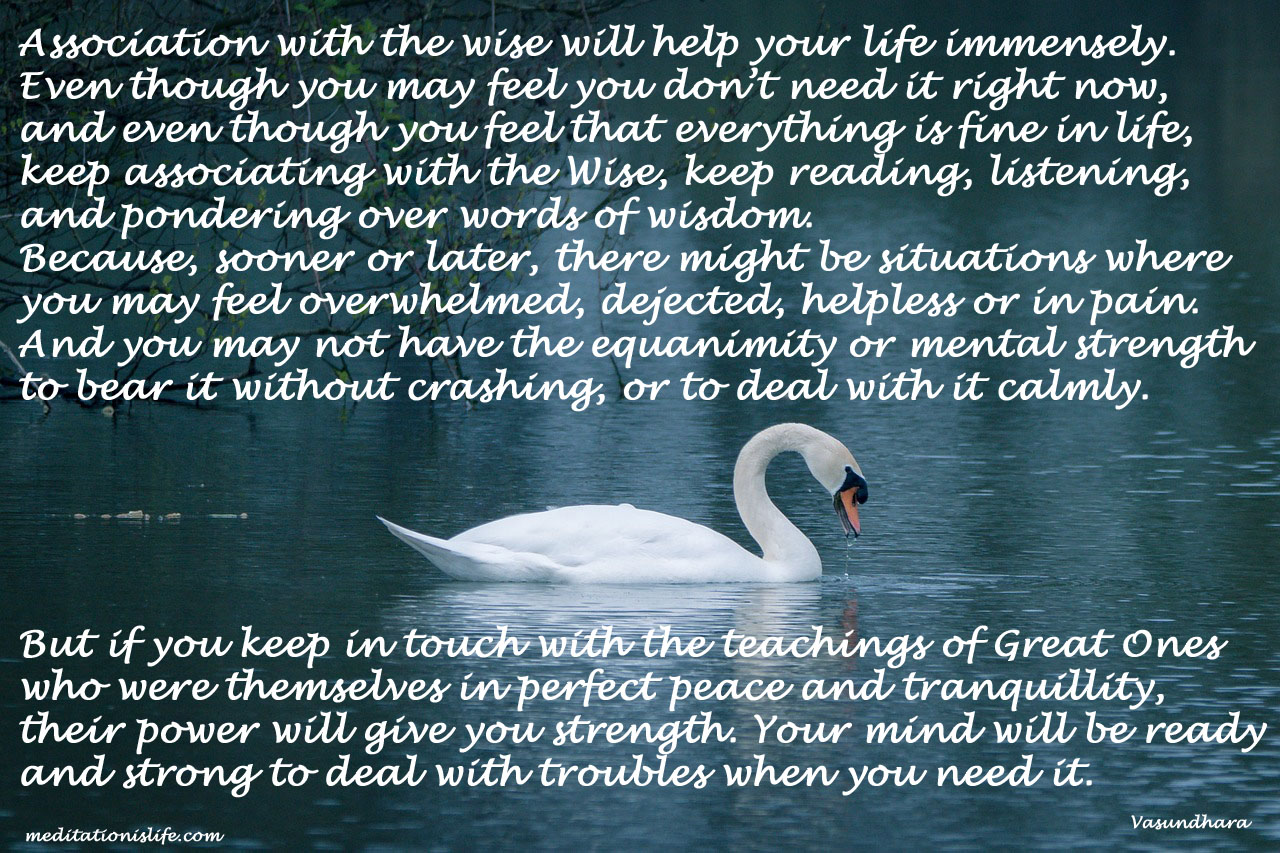



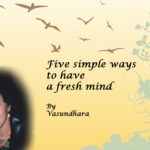
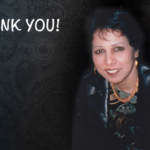
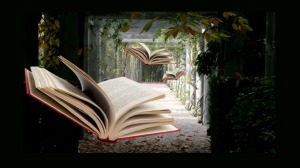 Great Scriptures of India
Great Scriptures of India Sages From India Teachings
Sages From India Teachings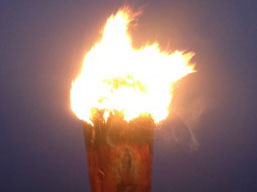 Sri Ramana Maharshi Teachings
Sri Ramana Maharshi Teachings Versatile Recipes
Versatile Recipes